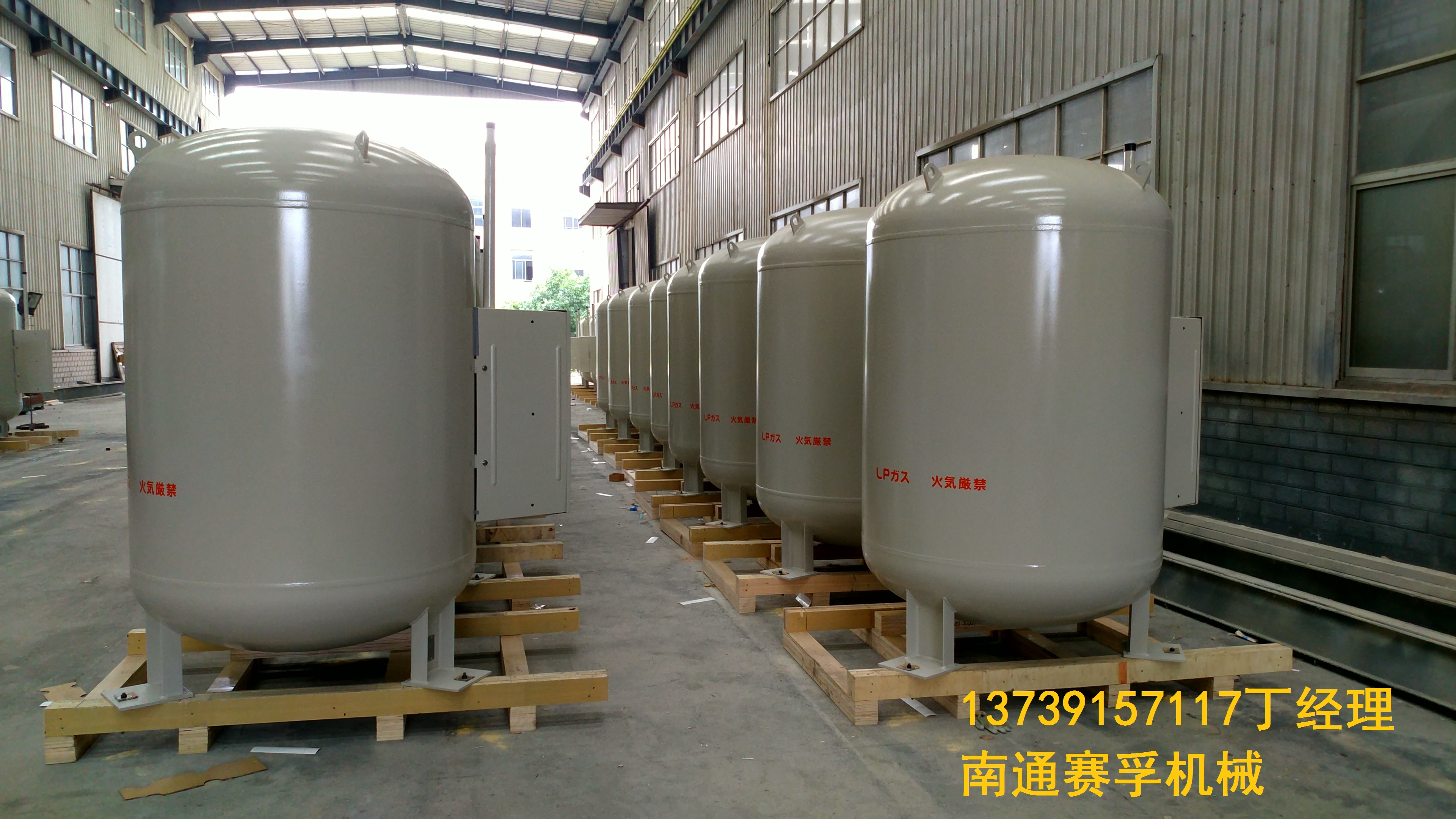Scraper vaporizer
1/1
Number of views:
1008
LPG storage tank
Retail price
0.0
元
Market price
0.0
元
Number of views:
1008
Product serial number
Category
Storage tank
Quantity
-
+
Product Description
The LPG storage tank is currently our company's customized product for Japanese customers. The company has formed a long-term cooperative relationship with customers. The product quality is excellent and has been well received by Japanese customers.

Keyword:
Customer
storage tank
company
product quality
Related Products
Messages
Messages
Description:
SAFE Machinery
Sales Hotline:
+86-513-87545076
Contact Us
Condenser, reaction kettle, various towers, evaporator: 86-13773778255
High efficiency heat exchanger: 86-18015913066
Petrochemical complete equipment: 86-15370620536
Tower, reactor, storage tank: 86-13376112662
Northern Region: 86-13584740566
Central China Region: 86-13625232949
E-mail: sfjx@shuangmachem.com

Mobile

Copyright © 2021 Nantong SAFE Machinery Co., Ltd. All Rights Reserved 苏ICP备14056193号



 Whatsapp
Whatsapp

 E-mail
E-mail Tel
Tel